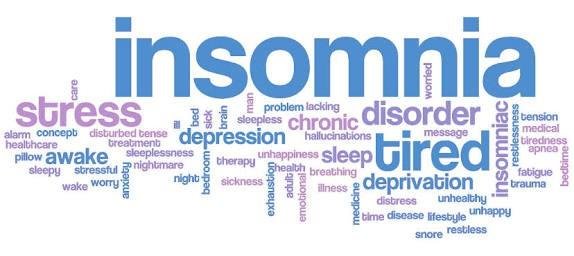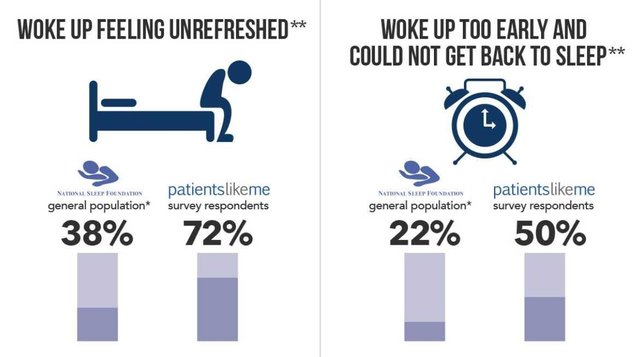Epidemiology of insomnia: what we know and what we still need to learn

Epidemiologists have published more than 50 studies of insomnia based on data collected in various representative community-dwelling samples or populations. These surveys provide estimates of the prevalence of insomnia according to four definitions: insomnia symptoms, insomnia symptoms with daytime consequences, sleep dissatisfaction and insomnia diagnoses.

The first definition, based on insomnia criteria as defined by the DSM-IV, recognizes that about one-third of a general population presents at least one of them. The second definition shows that, when daytime consequences of insomnia are taken into account, the prevalence is between 9% and 15%. The third definition represents 8–18% of the general population.
The last definition, more precise and corresponding to a decision-making diagnosis, sets the prevalence at 6% of insomnia diagnoses according to the DSM-IV classification. These four definitions of insomnia have higher prevalence rates in women than in men. The prevalence of insomnia symptoms generally increases with age, while the rates of sleep dissatisfaction and diagnoses have little variation with age.
Numerous factors can initiate or maintain insomnia. Mental disorders and organic diseases are the factors that have been the most frequently studied. The association between insomnia and major depressive episodes has been constantly reported: individuals with insomnia are more likely to have a major depressive illness. Longitudinal studies have shown that the persistence of insomnia is associated with the appearance of a new depressive episode.
Future epidemiological studies should focus on the natural evolution of insomnia. Epidemiological genetic links of insomnia are yet to be studied. 2002 Harcourt Publishers Ltd.
Follow @wahyue